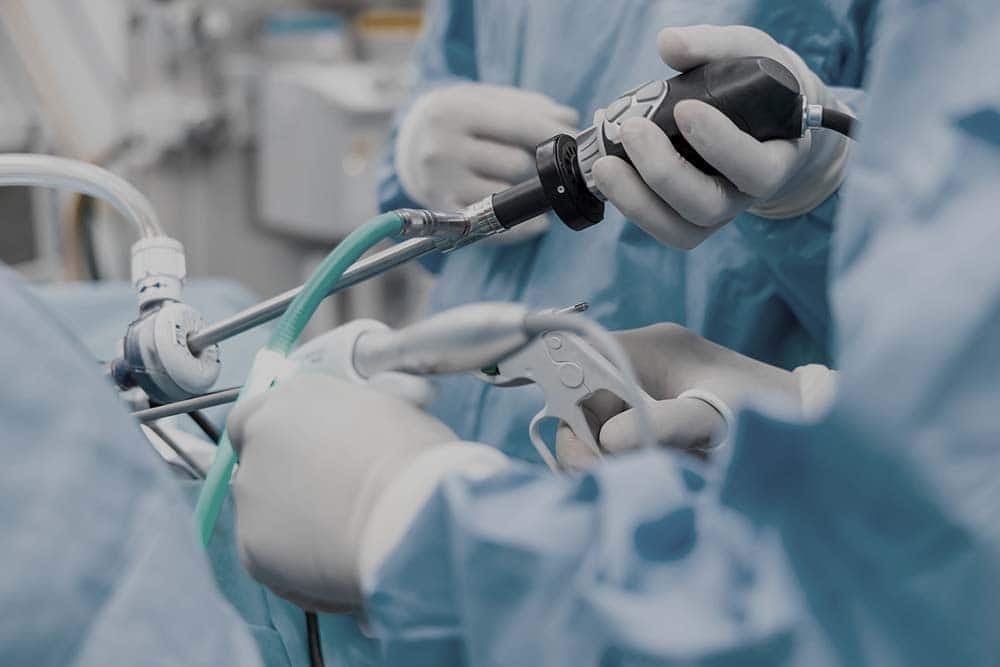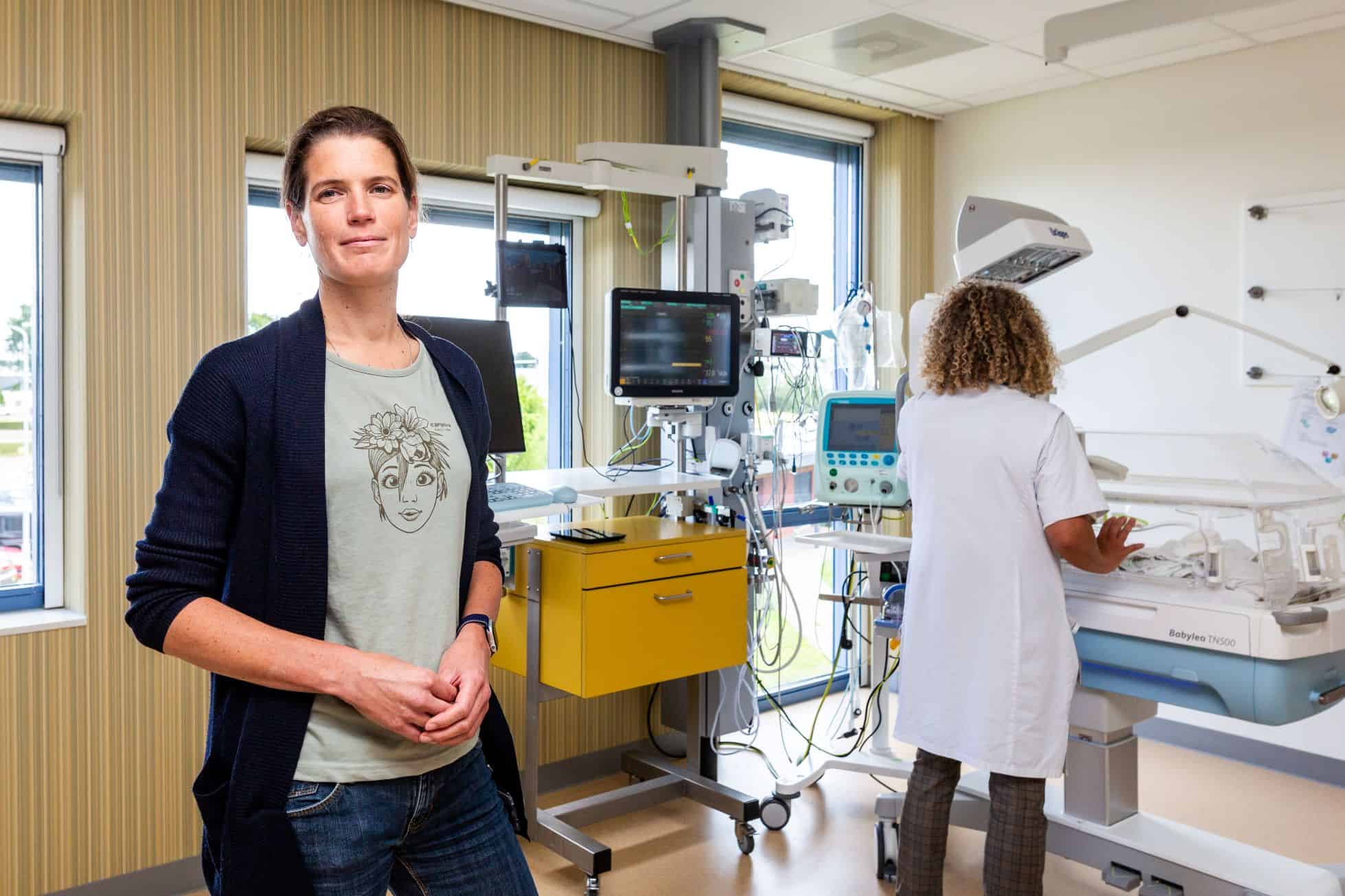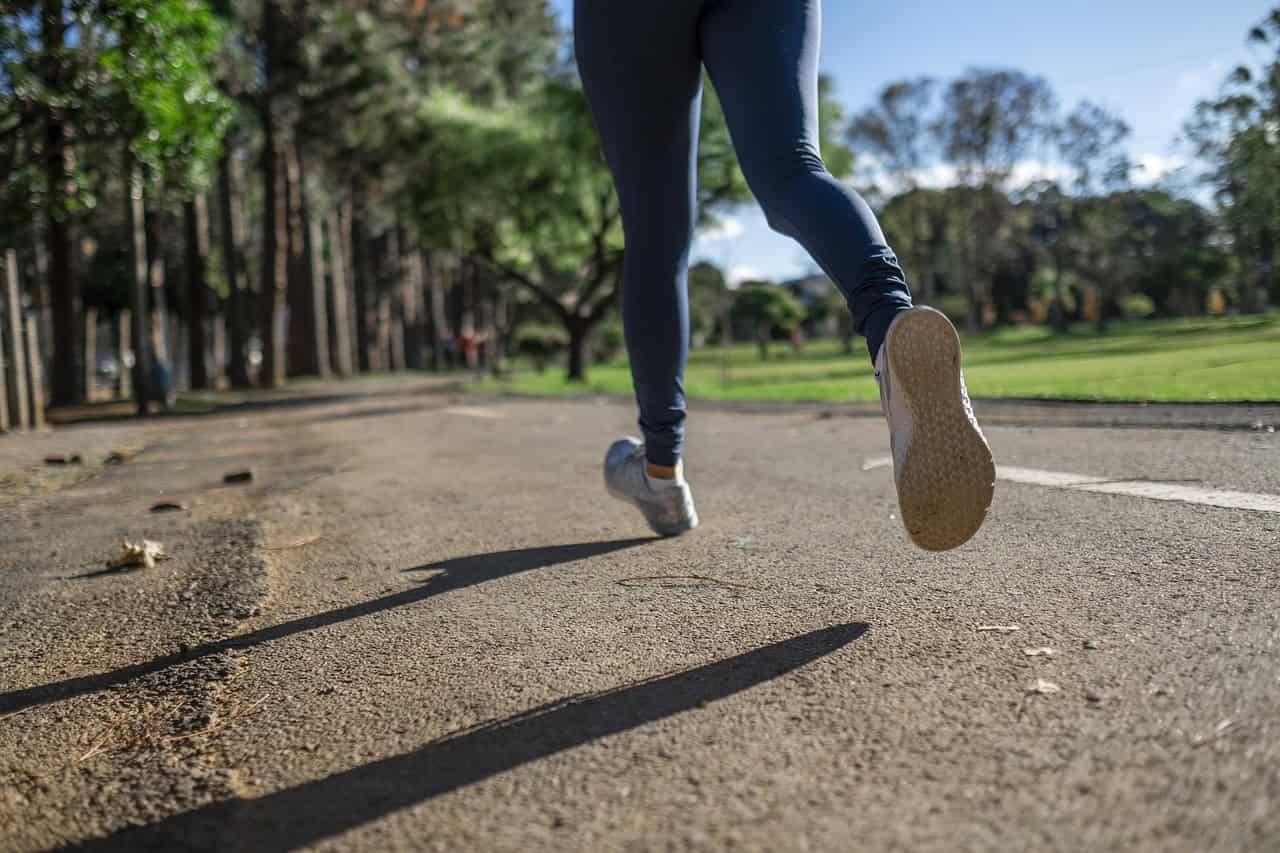
The older a person gets, the more susceptible they are to disease. Relatively few people are fortunate enough to be able to stay healthy and fit into old age. In general, frailty and weakened immune systems go hand in hand with aging. As the function of the immune system diminishes with age, people also have a noticeably higher risk of infection as they grow older. This can be seen every year during waves of influenza and also more recently during the corona pandemic.
Moreover, immune systems of the elderly no longer respond to vaccinations as optimally as before. As a consequence, the elderly are considered the main risk group when it comes to infection and also have the highest mortality rates. Apart from this, muscle strength also declines with age along with the quality of life.
Researchers at the Swiss University of Bern and the Inselspital Bern University Hospital have now been able to slow this process down, and in some cases, even reverse these kinds of elevated levels of frailty and immune deficiency in animal models through the help of a novel cell therapy.
Abdominal fat and the aging process
Scientists from the Department for BioMedical Research (DBMR) and the Institute of Pathology at the University of Bern and also at the Inselspital, Bern University Hospital are working hard to find ways to maintain health and vitality well into later life. Not just in order to keep the ever-rising health costs of an increasingly aging population in check.
For quite some time now, chronic inflammation has been regarded as the trigger or at least as a catalyst for age-related diseases. In an international study under supervision from Bern, scientists led by Dr. Mario Noti, formerly of the Institute of Pathology at the University of Bern, together with Dr. Alexander Eggel of the Department for BioMedical Research at the University of Bern were able to prove that specific immune cells in abdominal fat do indeed play a major role in the development of chronic underlying inflammation. At the same time, they were also able to demonstrate in a mouse model that these immune cells – referred to as eosinophils – can help reverse these processes.

 These immune cells, which are primarily found in the blood, were also found in the abdominal fat of humans and mice. It was also shown that they are capable of regulating inflammation processes there. “Eosinophils are cells of the innate immune system and they fend off parasites, among other things, but can also cause respiratory diseases due to an overreaction,” the researchers explain further. The proportion of eosinophilic cells in fatty tissue declines as people grow older while the number of pro-inflammatory macrophages actually increases with age. “The shift in this immune cell balance leads to abdominal fat becoming a chronic source of inflammation as people age.”
These immune cells, which are primarily found in the blood, were also found in the abdominal fat of humans and mice. It was also shown that they are capable of regulating inflammation processes there. “Eosinophils are cells of the innate immune system and they fend off parasites, among other things, but can also cause respiratory diseases due to an overreaction,” the researchers explain further. The proportion of eosinophilic cells in fatty tissue declines as people grow older while the number of pro-inflammatory macrophages actually increases with age. “The shift in this immune cell balance leads to abdominal fat becoming a chronic source of inflammation as people age.”
Rejuvenation using eosinophilic cell therapy
In a later stage, Eggel and Noti even succeeded in reversing age-related degenerative conditions by restoring the immune cell balance in the visceral fatty tissue. “We were able to demonstrably show in experimental trials in the mouse model, that transfers of eosinophils from young animals to older recipients can suppress inflammation not only in abdominal fat but also throughout the entire body,” Eggel states.
According to Noti, it was remarkable “that the eosinophils that were transferred were able to selectively find their way into fatty tissue. This approach had a rejuvenating effect on the aging organism. After eosinophilic cell therapy, older animals showed an obvious improvement in their levels of endurance and in tests on their grip strength. They were much fitter physically. In addition, the therapy had a rejuvenating effect on immune systems “by generating an improved vaccination response in older animals.”
The next step: clinical trials in humans
“Our results clearly show that the aging process and any associated degenerative side effects are more pliable than previously assumed,” Noti goes on to explain.
The researchers were also able to verify in humans the same shifts in the immune cell balance inside fatty tissue as was observed in the animal models. “The aim of our research now is to harness this newly gained knowledge for the development of practical therapeutic approaches aimed at maintaining health and vitality in people,” Eggel says
The study was published in the scientific journal “Nature Metabolism” and was supported by funding from the VELUX FOUNDATION, the ACTERIA FOUNDATION and FreeNovation, and through medical and biological research programs run by Novartis.






